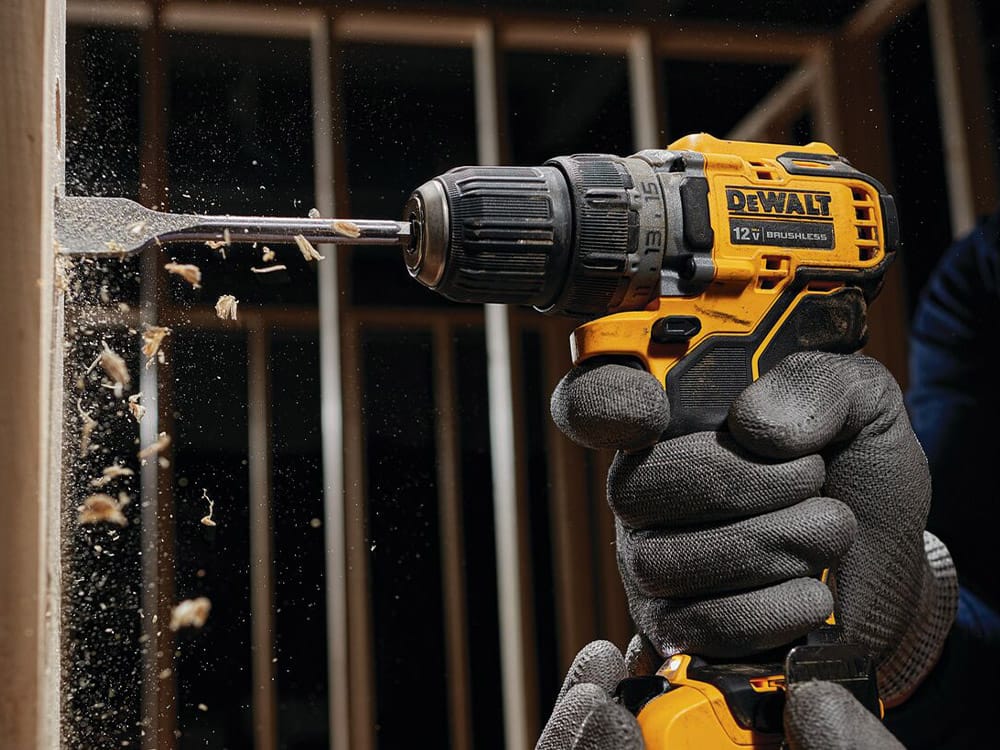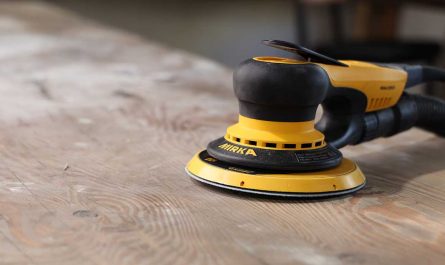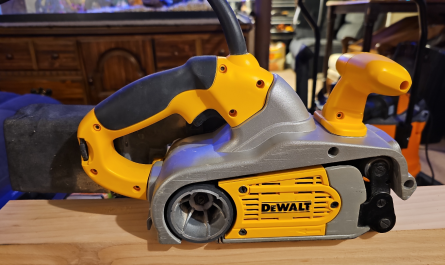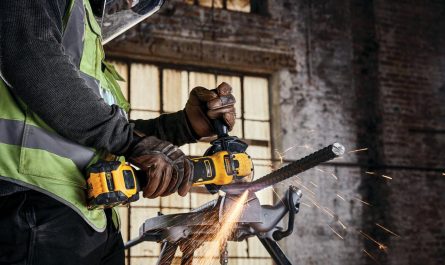In the vast world of woodworking, drills have become indispensable tools for creating holes with precision and efficiency. From ancient times to modern workshops, drills have evolved in design and functionality, combining traditional craftsmanship with cutting-edge technology. This article explores the history, types, technical characteristics, and applications of drills in carpentry. Discover how to choose the right drill for each task and learn practical tips for its use and maintenance to ensure professional-quality results in every project.
History and Evolution of Carpentry Drills
Drills have been essential tools for thousands of years. Early civilizations used hand-operated drills made of wood and flint, evolving over time to incorporate metal bits for greater precision and durability. The industrial revolution introduced electric-powered drills, significantly improving efficiency and reducing manual effort. Today, advanced cordless drills and smart drill systems provide enhanced control, power, and versatility, making them essential in modern woodworking.
Types of Drills and Their Applications
1. Cordless Drill

Description and Use:
A cordless drill is one of the most versatile tools in woodworking, allowing for drilling holes and driving screws efficiently. It provides unparalleled mobility, making it perfect for tasks where access to power outlets is limited. This drill is widely used in furniture assembly, construction, cabinetry, and DIY projects. Whether you’re installing shelves or working on a large-scale project, a cordless drill ensures seamless performance without the hassle of a power cord.
Technical Characteristics:
- Battery-powered: Usually lithium-ion batteries for long-lasting power.
- Variable speed control: Allows precise adjustments based on material and task.
- Ergonomic design: Comfortable grip for prolonged use.
- Interchangeable drill bits: Adaptable to various applications, from wood to metal.
Approximate Sizes:
Typically available in 12V, 18V, and 20V models, varying in power and torque.
Price Range:
Between €50 and €250, depending on brand, power, and additional features.
2. Hammer Drill

Description and Use:
A hammer drill is designed for tackling heavy-duty materials such as concrete, brick, and stone. It uses a hammering motion in addition to rotational drilling to break through dense surfaces effortlessly. This drill is commonly used in construction, masonry work, and renovations where drilling into hard materials is required.
Technical Characteristics:
- High-impact mechanism: Provides additional force to penetrate hard materials.
- Powerful motor: Usually ranges from 600W to 1500W for efficient drilling.
- Multiple modes: Can switch between regular drilling and hammer drilling.
- Robust build: Designed to withstand demanding work environments.
Approximate Sizes:
Available in both corded and cordless versions, with different wattage and power levels.
Price Range:
Ranges from €80 to €300, depending on power and durability.
3. Impact Driver

Description and Use:
An impact driver is a high-torque tool primarily used for driving screws and bolts into tough materials without stripping them. Unlike standard drills, it applies rotational force combined with concussive blows, making it extremely efficient for repetitive screw-driving tasks in construction, deck building, and furniture assembly. This tool is particularly useful when working with long screws or fasteners in hardwoods and metal framing.
Technical Characteristics:
- High-torque mechanism: Ideal for fast and efficient screw driving.
- Compact and lightweight: Provides ease of use in tight spaces.
- Brushless motor technology: In some models, for increased efficiency and longer lifespan.
- Quick-change chuck: Allows for fast bit swaps.
Approximate Sizes:
Available in 12V, 18V, and 20V configurations, with torque outputs varying by model.
Price Range:
Generally priced between €70 and €250, depending on features and performance.
4. Bench Drill Press

Description and Use:
A bench drill press is a stationary drilling machine designed for precision and consistency. It is widely used in professional woodworking shops, metal workshops, and factories where accuracy is critical. Unlike handheld drills, a drill press allows the operator to set the exact depth, angle, and speed of the drill bit, ensuring uniform results across multiple workpieces.
Technical Characteristics:
- Fixed structure: Ensures stability and accuracy.
- Adjustable speed settings: Allows precise control for different materials.
- Depth stop mechanism: Enables consistent hole depths.
- Sturdy worktable: Often tiltable for angled drilling.
Approximate Sizes:
Available in various sizes, typically with drill capacities ranging from 8mm to 20mm.
Price Range:
Between €150 and €500, depending on power and precision features.
Tips for Proper Use and Maintenance
- Choose the Right Drill Bit: Match the bit type to the material to prevent damage and improve efficiency.
- Regular Cleaning: Remove dust and debris from the drill and bits to ensure longevity.
- Battery Care (for Cordless Models): Store batteries in a cool, dry place and charge them properly to maintain performance.
- Proper Storage: Keep drills in protective cases or mounted holders to avoid damage.
- Check for Wear: Regularly inspect the chuck, trigger, and motor performance to ensure safe operation.
- Lubricate Moving Parts: Apply lubrication to keep mechanical parts functioning smoothly.
Conclusion
Drills remain essential tools in carpentry, combining traditional craftsmanship with modern technology to offer precision and efficiency in every project. With a wide variety of models suited for different tasks—from drilling wood and metal to high-torque applications—choosing the right drill ensures professional results. Whether you’re an experienced woodworker or a DIY enthusiast, selecting the perfect drill can make all the difference in the quality of your work.



